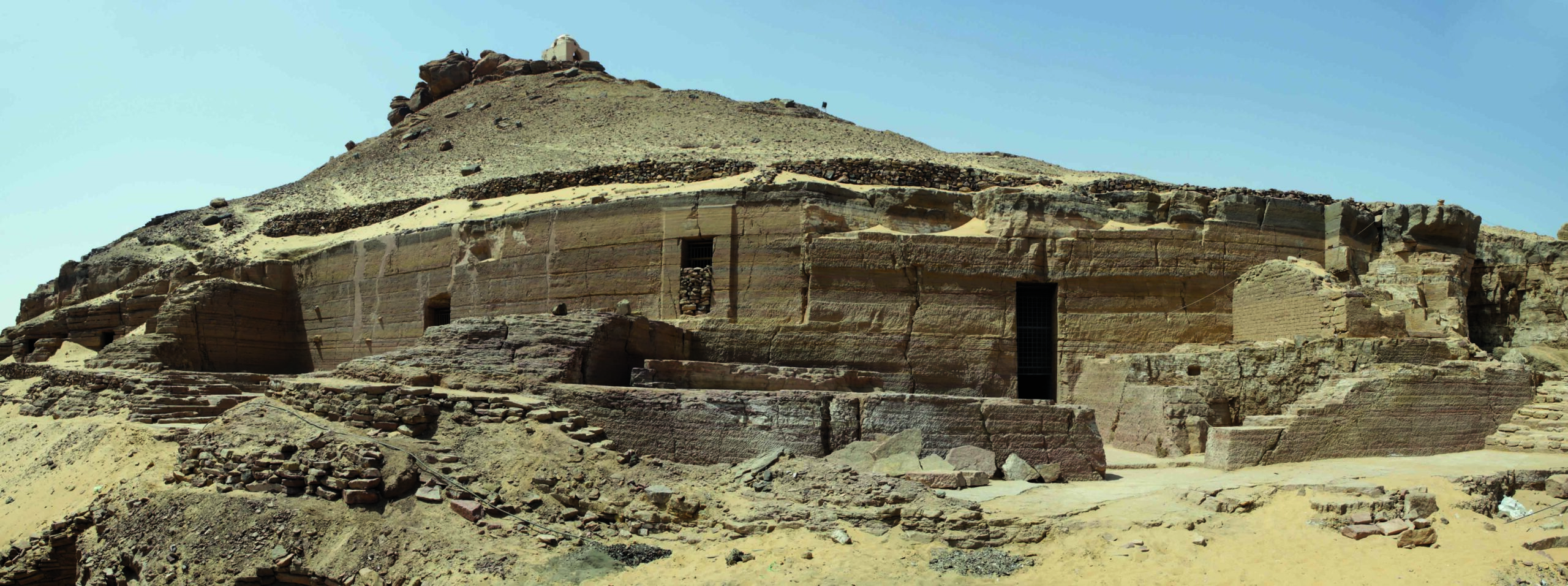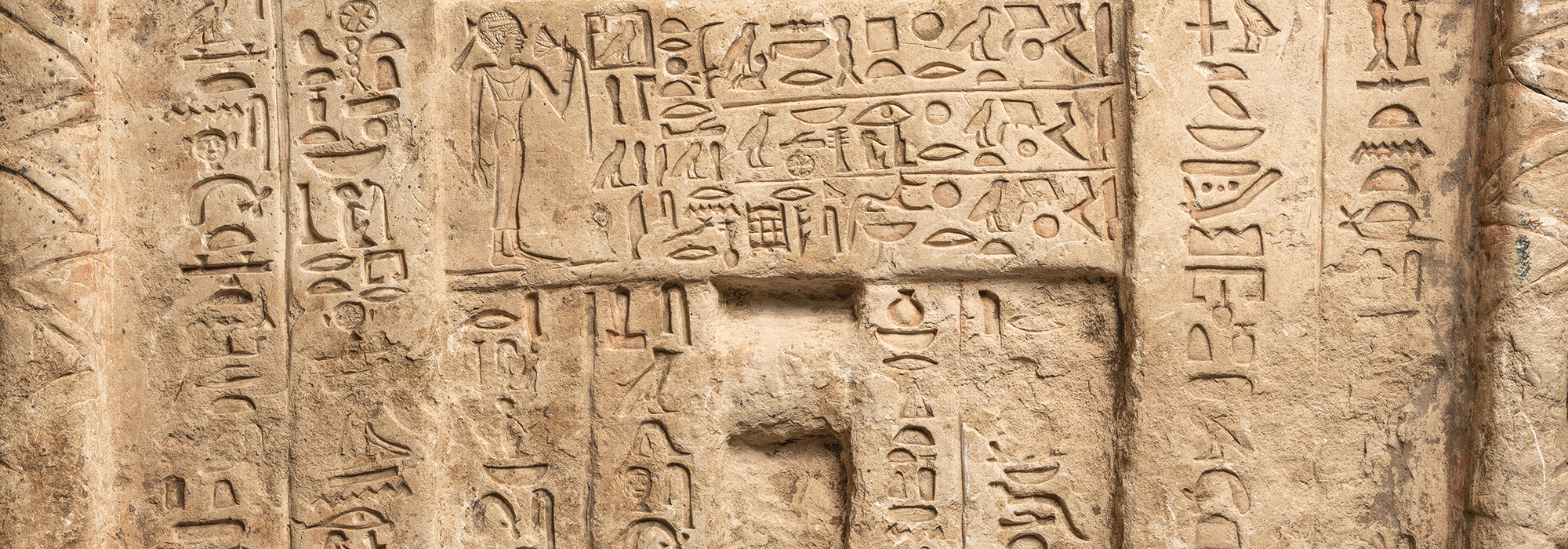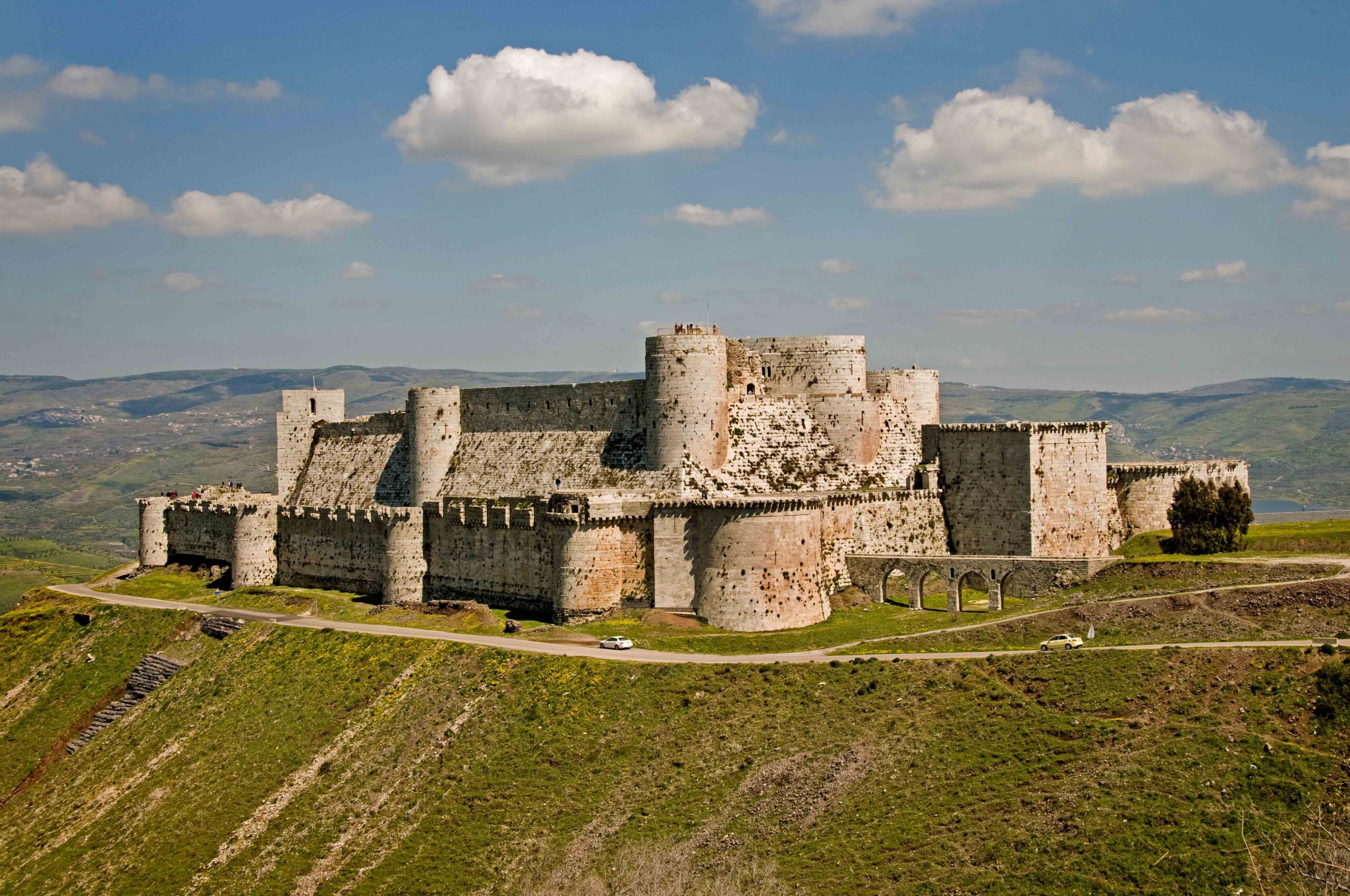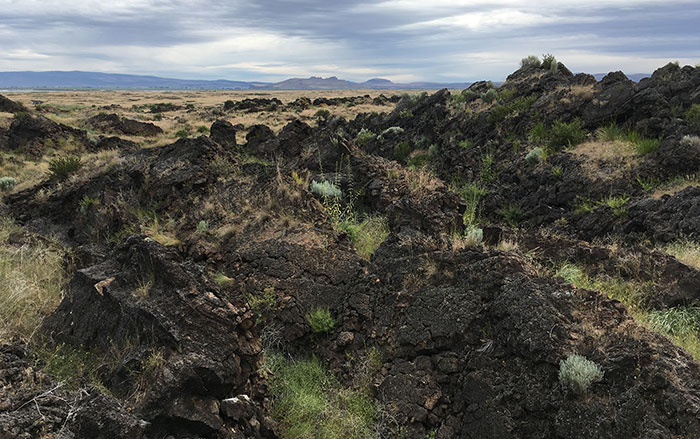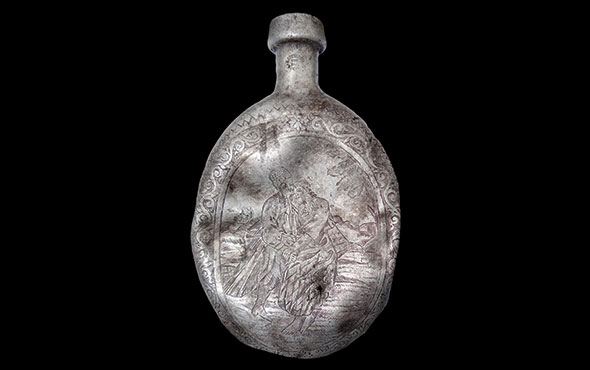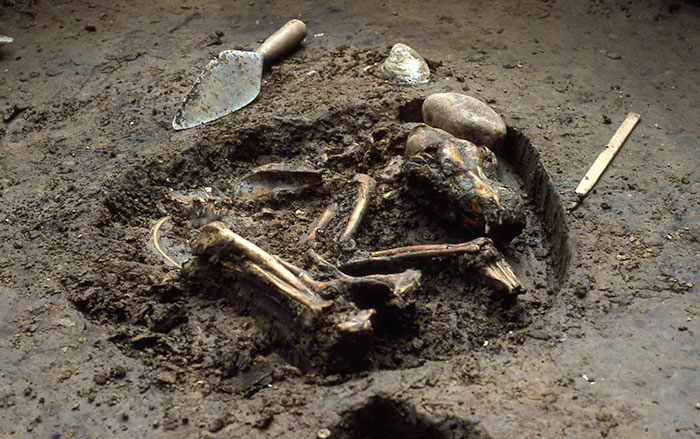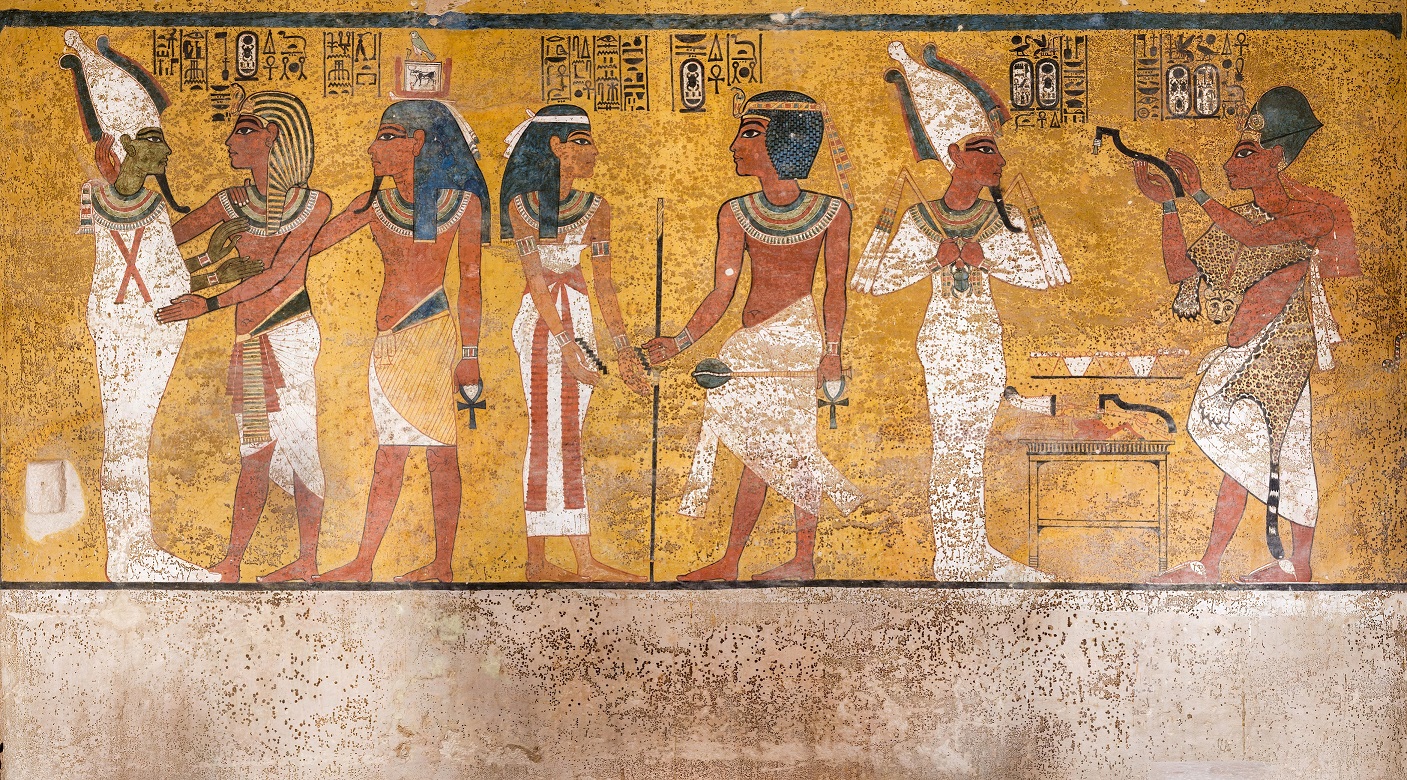
LOS ANGELES, CALIFORNIA—Live Science reports that conservators from the Getty Conservation Institute and the Egyptian Ministry of Antiquities have completed a decade-long project to restore the 3,000-year-old tomb of Tutankhamun and upgrade its infrastructure. Tutankhamun began his rule during the New Kingdom, around 1336 B.C., at the age of nine, and died in his late teens. His mummy remains in the tomb. The project included stabilizing the structure’s wall paintings, which have been marked with brown spots since at least 1922, when Howard Carter discovered the tomb in Egypt’s Valley of the Kings. The scientists determined the spots were dead microbes that had grown into the paint, and could not be removed without inflicting damage on the artworks. A new ventilation system to control the dust, carbon dioxide, and humidity brought by visitors has been installed, along with new barriers, walkways, platforms, and signage. For more, go to “Tut’s Mesopotamian Side.”



